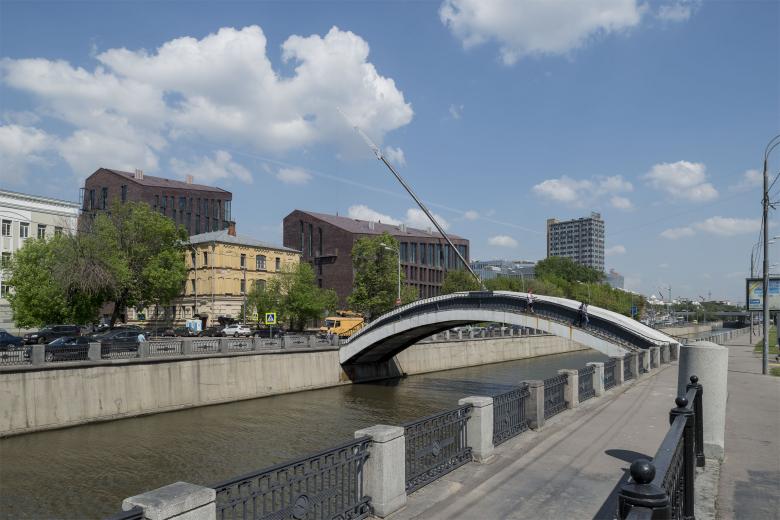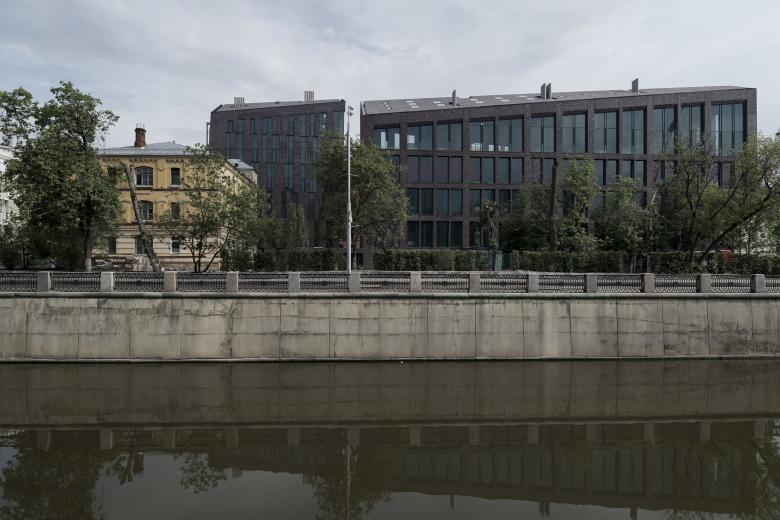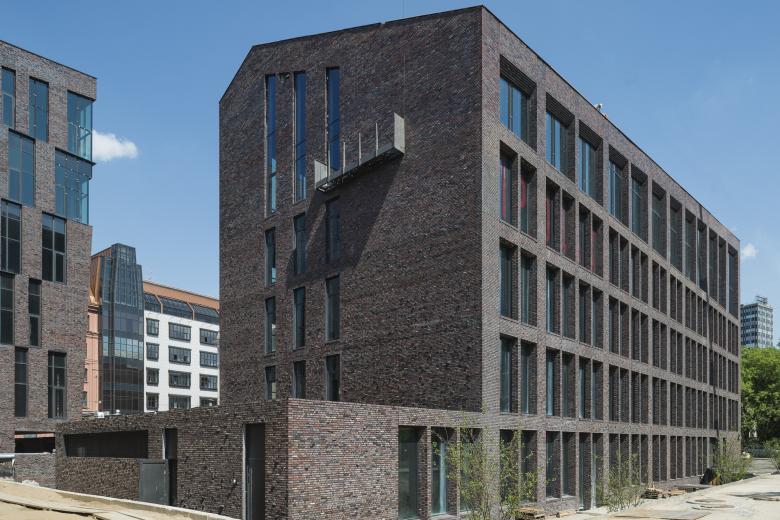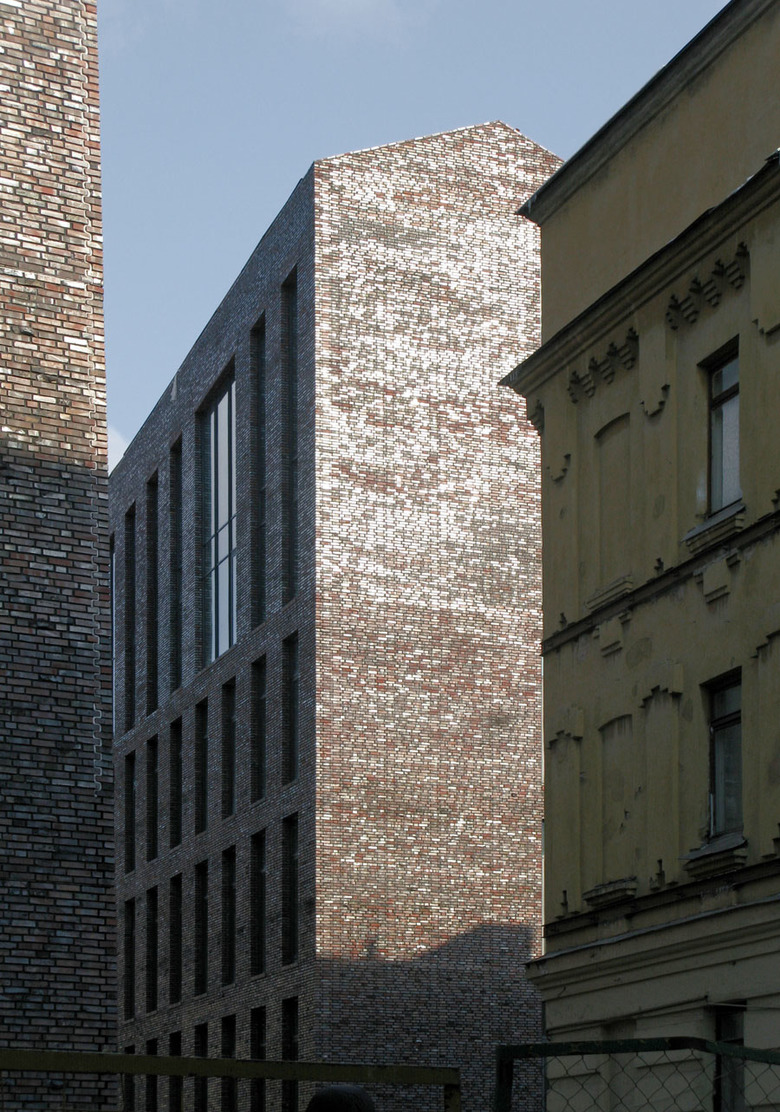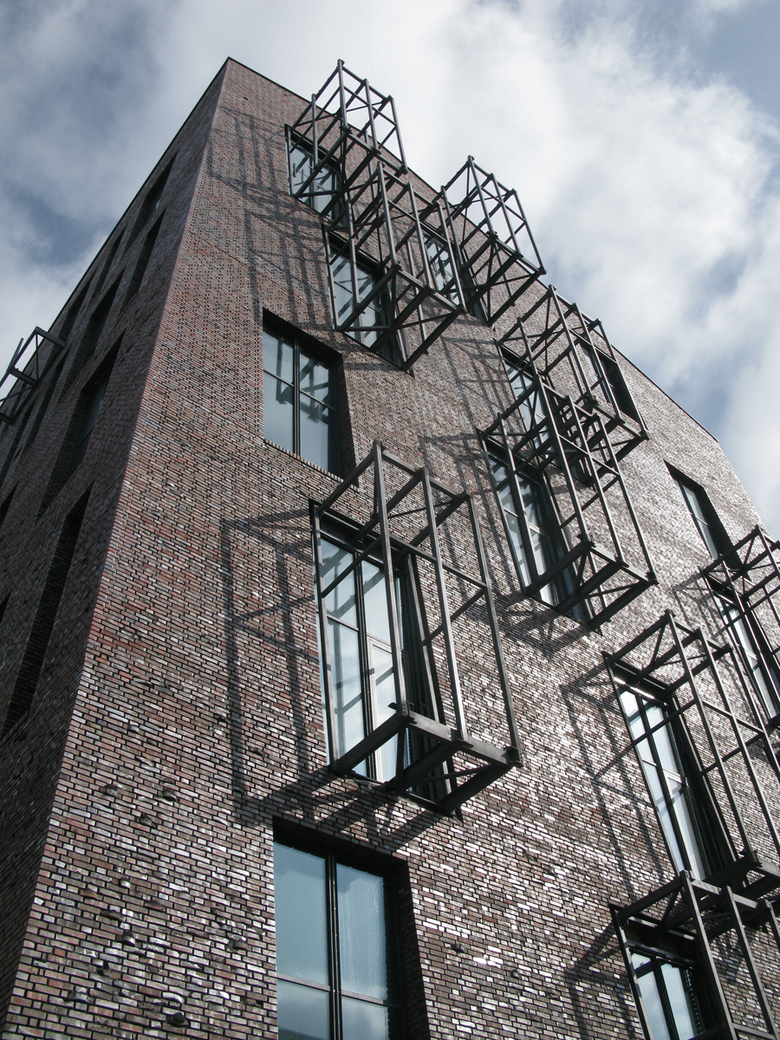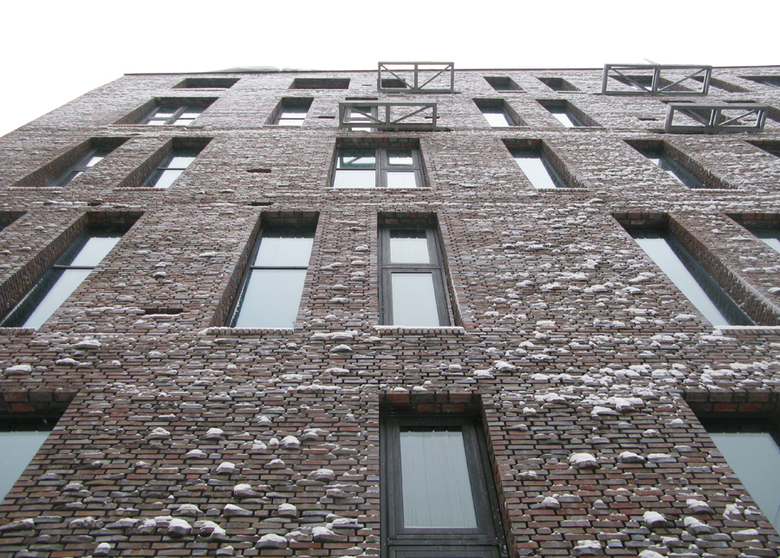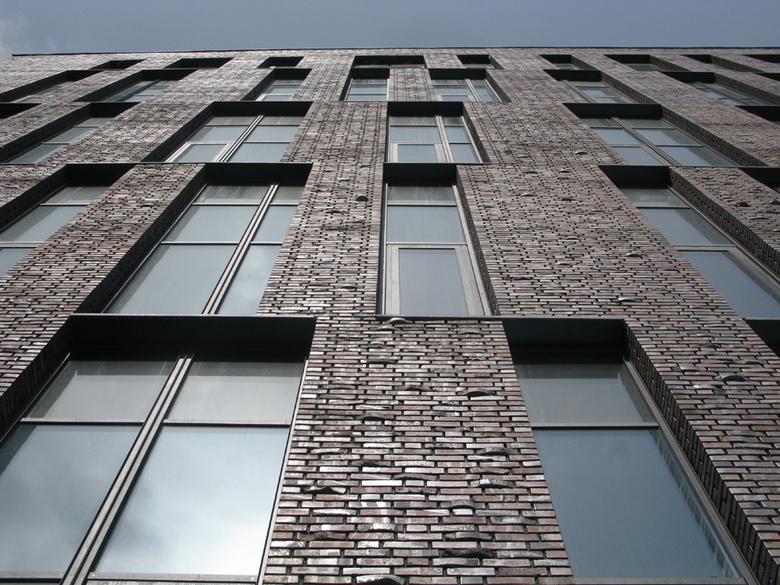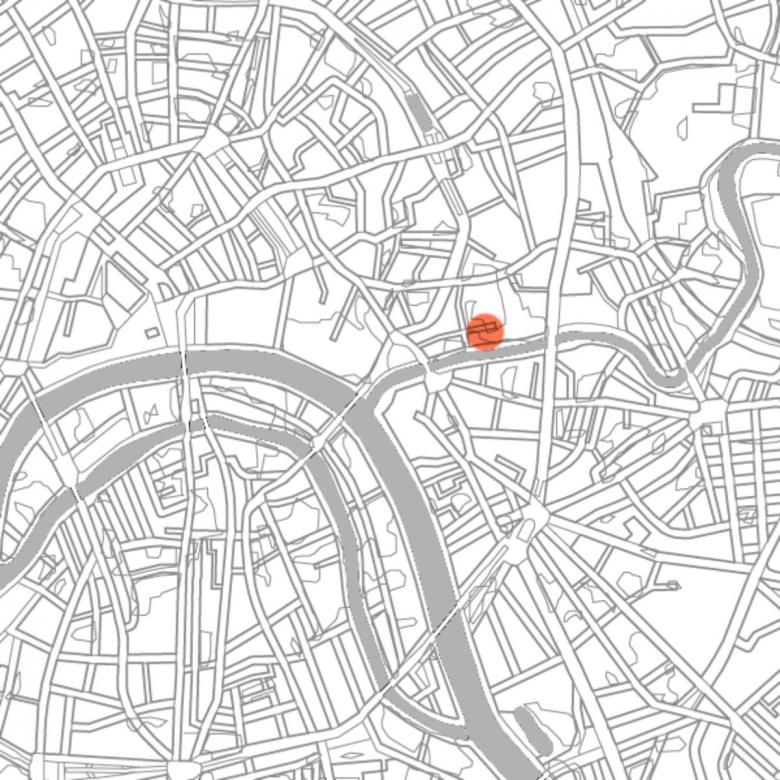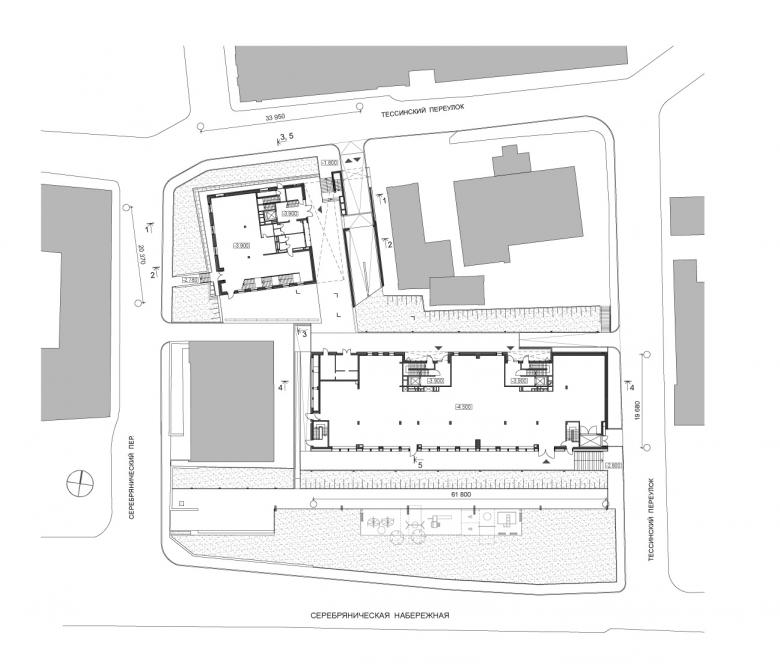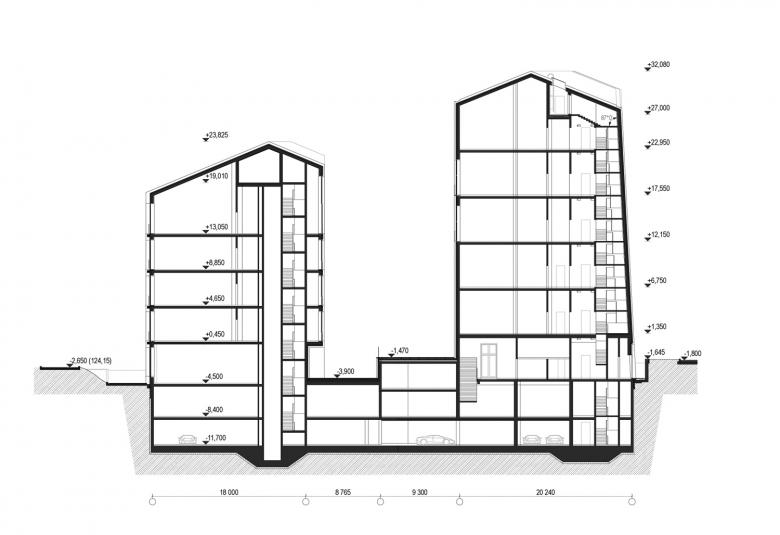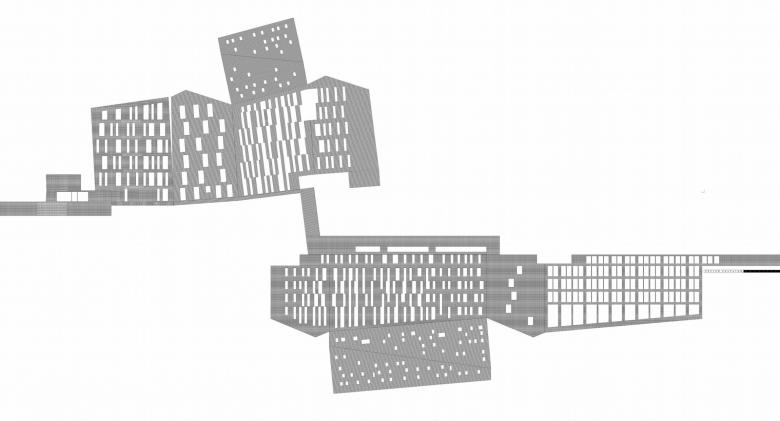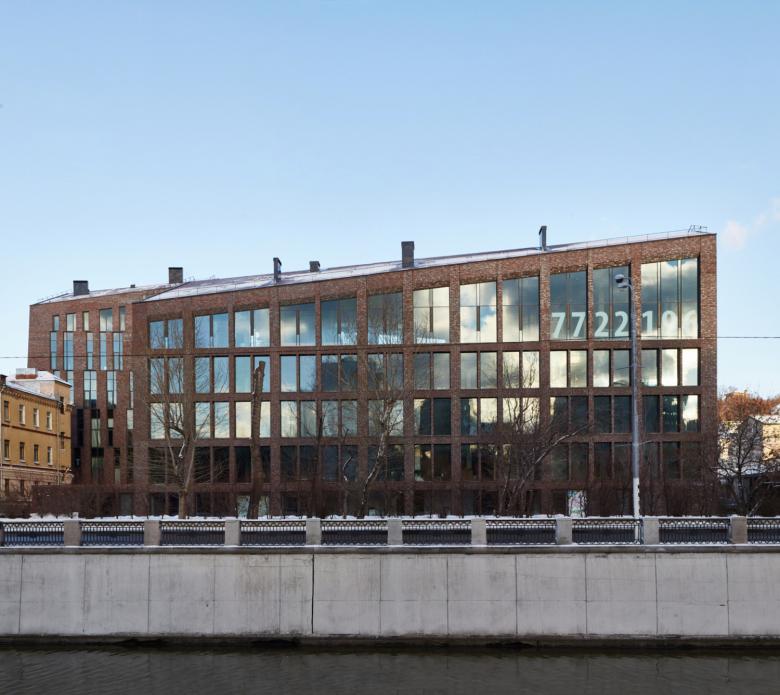Art House
Moscow, Russia
The plot where both elite dwelling blocks of the Complex are being built belongs to the area formerly occupied with first industrial enterprises in Moscow. Those simple rectangular factories were made of bricks and Skuratov considered them as the most interesting and characterizing feature of the place and landscape. Alas there is only one such old-timer left nearby.
Sergey Skuratov thinks that brick is a construction material which fits to local environment the best way. So this project was literally devoted to the brick. Brickwork may seem dull and monotonous, but the impression can be changed by careful and meticulous computerized calculation of "brick pixels" by colors and shades. Three main colors were chosen for smooth gradient transitions from spot to spot on facades: terra-cotta, slate stone grey and dark brown. Two blocks differ in general colors, the smaller one (block A, stands farther from the street) will be darker than the big one (block B).
Tall "industrial" windows cover the height of two-three levels, making at the same time French balconies one above the other on a single glass panel. It makes the impression that there is no floor at all in the middle, serving the purpose of industrial function of the building. The slightly inclined external walls of the small Block A show us the ability of stone to be "polite", as if it steps inside the quarter to give space for external dynamic of neighborhood. More than that, we can see the evidence of geological cataclysm reflecting in this Project. Hypothetic shift of the Earth core led to walls inclinations, moved to blocks apart, forced windows to "dance" and dropped out of the brick massive the transparent prisms of glazed balconies on one side of the block A.
Another peculiarity - both "crazy houses" have "rats in the attic" - their roofs also have dancing lines of contours. The architect made this absolutely on purpose, thus hinting to those who cares to see and understand - it`s worth looking farther and deeper into history. The perimeter trench around the two blocks reminds us a historic excavation and serves the same purpose.
It`s evident that being thoroughly attentive to the environment the new blocks make no attempt to merge with it. Local historic context of the place had already faded away long time ago. The new complex doesn`t pretend to be invisible or absolutely friendly to the neighbors, but at the same time it doesn`t screen itself off with mirror glazing, as do the most brand-new offices in the city. These two houses "behave" as "blue blood" of London which have industrial past, impeccable manners, taste for luxury and give the impression of decency. They are extravagant, but within the limits. This happens very rarely in Moscow so far.
- 位置
- Serebryannicheskaya quay, 19, Moscow, Russia
- 年份
- 2012
- 客户
- Avgur’ ltd
- Function
- Living house
- Project organisation
- ‘Sergey Skuratov Architects’
- Authors
- S. Skuratov (lead author), N. Demidov, P. Shalimov
- Architects
- D. Golyshenkova, A. Alendeev, D. Chernyshov, Y. Levina, Y. Klevakin Constructors: M. Kelman, A. Kutsenko
- Engineers
- S. Gorin, S. Kaminov, P. Kozlov
- Project stages
- architectural concept, architectural project, detail drawings, architectural supervision
- Project
- 2005-2007
- Construction
- 2007-2012
- Total object area
- 12 740 m²
- overground
- 8 000 m²
- undergound
- 3 500 m²
- Construction volume
- 60 606 m³
- Site area
- 3 600 m²
- Construction area
- 1 895 m²
- Number of floors
- 5-6
- Number of flats
- 30
- Number of car places in the underground parking
- 109
- House of the year, 2013 | Laureate of the Golden Ratio awards, 2
- Awards
- Publications (in english)
- Sergey Skuratov Architects // The Plan #075, 03.07.2014
